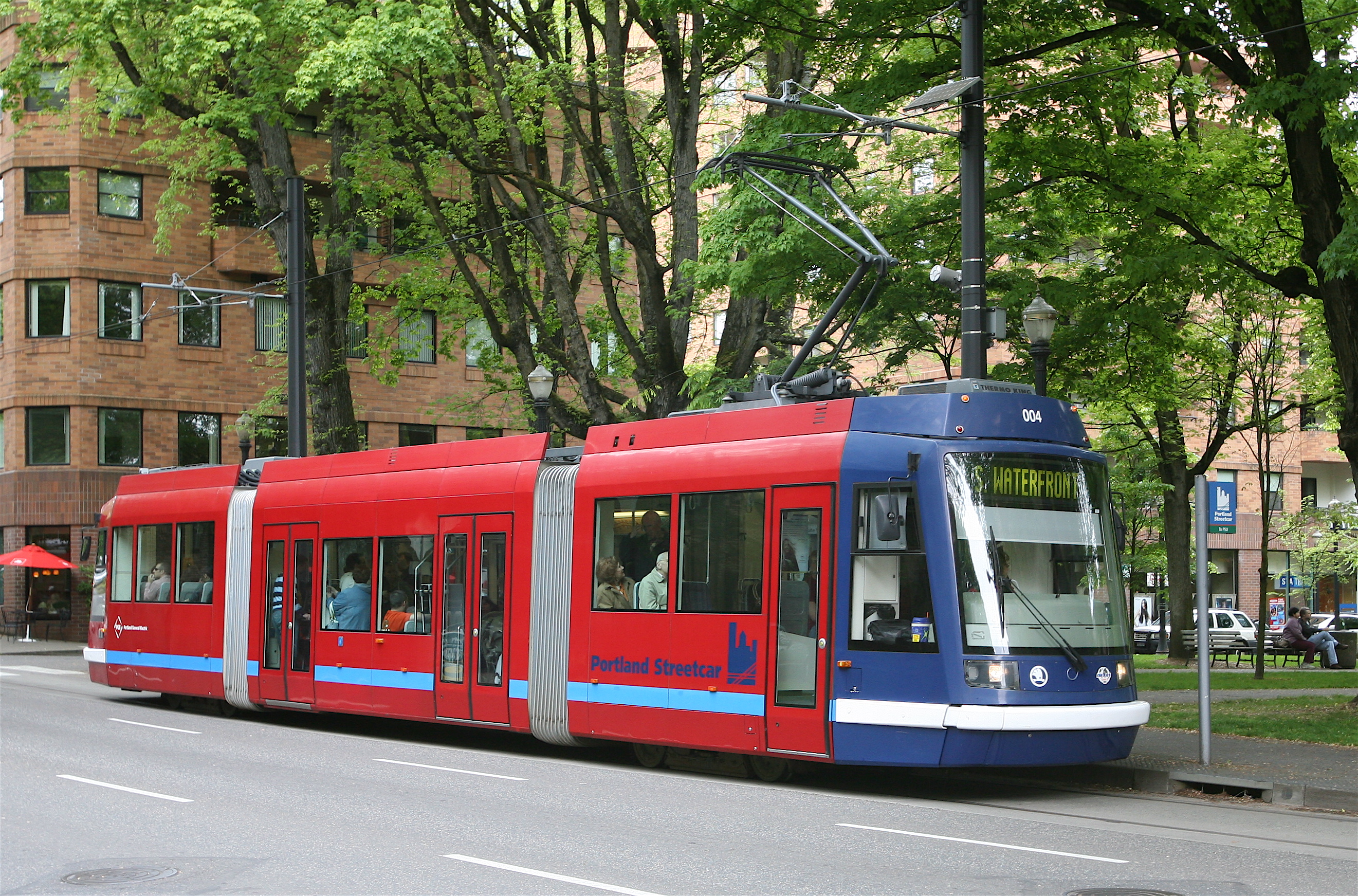 The price-tag of light-rail has grown costly enough to price out smaller communities. As the costs rise, communities have been reduced to less favorable alternatives.
The price-tag of light-rail has grown costly enough to price out smaller communities. As the costs rise, communities have been reduced to less favorable alternatives.The cost per mile of newer systems is climbing past $50 million and a possible cause is the prevailing notion to duplicate design and practices. [Did someone say "light" rail?] To address the possible escalation of cost, leaders are finding creative solutions and strategies to cut expense.
A study by Stone Consulting & Design for Rochester, NY concluded that light-rail is affordable. That community learned they could implement construction alternatives and scaling to reduce costs. The analysis addresses issues of capacity to design complexity that have unnecessarily added to the final price-tag of the project. Many alternatives were identified that could create substantial savings. [Stone Consulting & Design]
Cost Reduction
- In most light-rail systems, tracks are doubled to allow for greater frequency of trains. [Single Track / Double Track] A recent study for a proposed rail line in Spokane, Washington revealed a single track option would be a lower cost alternative. Sharing a single rail-line with an existing freight trains helped to reduced a price tag of $432 million when compared to a more extensive light-rail line . [Spokane Light-Rail Study]
- In cases where heavier vehicles are used, track would be built on foundations of up to three to four feet under the road surface. This construction method includes costly measures such as relocation of underground utilities and additional infrastructure. More over, it also adds considerable time to the completion of the project. A potential alternative is shallow slab construction. This improvement scales to the application by utilizing less infrastructure to support lighter vehicles. In Rochester, the consulting firm determined savings of up to 2-3 times the cost of traditional practices.
- A cost reduction can be found in used rail -- commonly referred to as relay rail. In the case of St. Louis' MetroLink light-rail using this cost cutting measure had a total savings of $7 million. [See MetroLink: the spirit of St. Louis]
- Although, minor in cost reduction compared to the above examples -- using wood poles for supporting electrical lines can result in lower costs. The Rochester consultant determined that using wood poles as opposed to metal had a potential cost savings of up to $53,000 / mile.

No comments:
Post a Comment